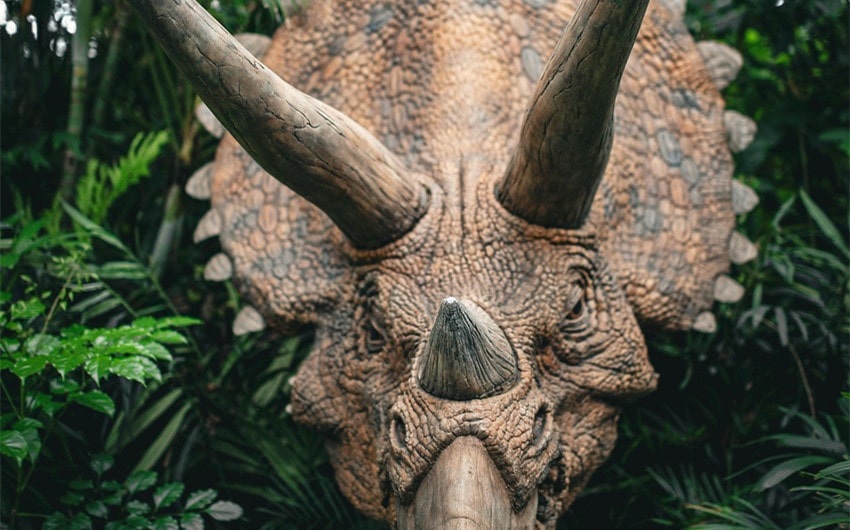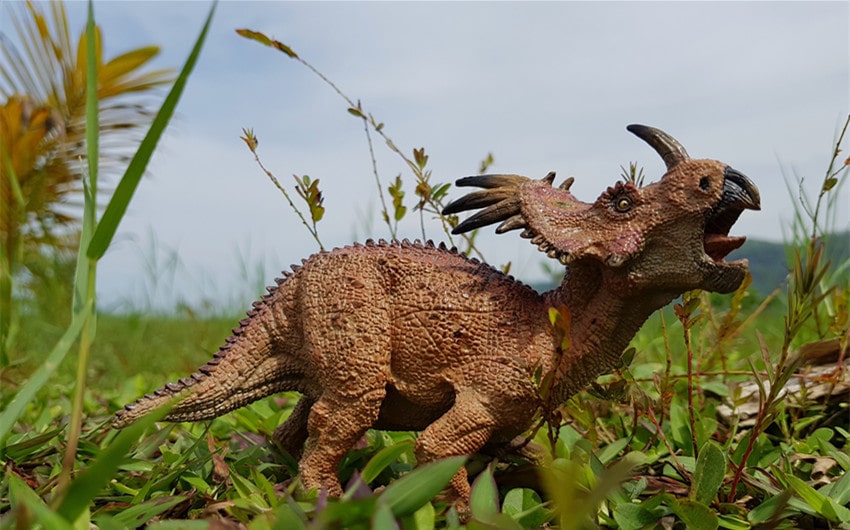Fascinating Facts About the Styracosaurus Name Meaning
Dinosaurs have some of the most fascinating names, each telling a story about their appearance, behavior, or discovery. Styracosaurus is one such dinosaur, instantly recognizable for its dramatic horns and frill. Its name reflects its powerful and striking features, making it a favorite among paleontology enthusiasts.
Understanding the Styracosaurus name meaning gives us insight into how scientists viewed this creature when it was first discovered. But what does the name truly signify, and why does it stand out among other horned dinosaurs? Exploring its origins and symbolism reveals why Styracosaurus continues to capture the imagination of dinosaur lovers today.
The Origin and History of the Name Styracosaurus
The name Styracosaurus comes from Greek roots and translates to “spiked lizard” or “spiked reptile”, perfectly describing its distinctive frill adorned with long, sharp spikes. The name is derived from:
- “Styrax” (στυραξ) – Meaning “spike” or “stake”, referring to the prominent spikes on its frill.
- “Sauros” (σαῦρος) – Meaning “lizard” or “reptile”, a common suffix in dinosaur names.
This name was given to Styracosaurus albertensis, the first species discovered, due to its dramatic skull structure, which set it apart from other ceratopsians like Triceratops and Centrosaurus.
Who Named Styracosaurus and When?
The first fossil of Styracosaurus was discovered in 1913 in Alberta, Canada, by paleontologist Barnum Brown. However, it was Lawrence Lambe, a Canadian paleontologist, who officially named and described the dinosaur later that year. The species name albertensis refers to Alberta, the province where the fossils were found.
Lambe’s classification was based on partial skull and frill fossils, but even from these remains, the dinosaur’s defining features—a large nasal horn and an array of long spikes on its frill—were immediately apparent. This unique appearance influenced the choice of name, emphasizing the dinosaur’s spiky nature.
The Importance of the Name in Paleontology
The name Styracosaurus helped paleontologists understand the diversity within the Ceratopsidae family. Unlike Triceratops, which had three large horns, Styracosaurus had one prominent nasal horn and multiple spikes extending from its frill. The name highlights the defining feature that set it apart from other ceratopsians.
Additionally, the discovery of Styracosaurus contributed to the understanding of how these dinosaurs used their frills and horns—whether for defense, display, or species recognition. Over time, more Styracosaurus fossils have been uncovered, reinforcing the importance of its unique name in describing this incredible prehistoric creature.
Spiritual and Symbolic Meaning of Styracosaurus

Beyond its scientific significance, Styracosaurus carries deep spiritual and symbolic meaning, representing strength, resilience, protection, and power. With its striking spikes and frill, this dinosaur has become a symbol of defense and adaptability, much like how modern animals use their physical features for survival. Below are some key spiritual and symbolic interpretations of Styracosaurus and what its name embodies.
1. Strength and Defense – The Symbolism Behind Its Horns and Frill
The name Styracosaurus, meaning “spiked lizard”, highlights the most dramatic feature of this dinosaur—its large nasal horn and six long spikes extending from its frill. These features immediately suggest a powerful presence, much like how modern-day animals with horns or antlers (such as bison and rhinos) symbolize strength and protection.
In a spiritual sense, Styracosaurus represents:
- Defensive power – The ability to protect oneself and others from harm.
- Standing firm – The courage to hold one’s ground when faced with adversity.
- Inner strength – The idea that true power isn’t just physical, but also mental and emotional resilience.
This dinosaur’s horns and frill could have been used for defense against predators, much like a warrior’s shield. This makes Styracosaurus a symbol of protection and survival, reminding us to stand strong in the face of challenges and defend what is important.
2. Resilience and Survival – Lessons from Its Adaptation
Styracosaurus lived 75 million years ago in a world filled with giant predators like Gorgosaurus and Daspletosaurus, meaning it had to develop ways to survive. Its large, spiked frill and strong build made it an adaptable herbivore, capable of defending itself while thriving in herds.
Symbolically, Styracosaurus represents adaptability and perseverance, teaching us that:
- Survival depends on resilience – Life constantly presents difficulties, but those who adapt will thrive.
- Appearances can be deceiving – Styracosaurus may have looked fierce, but it was a peaceful herbivore, showing that strength doesn’t always mean aggression.
- Community and cooperation – Fossil evidence suggests ceratopsians lived in herds, symbolizing the importance of teamwork and unity in overcoming struggles.
Styracosaurus’ ability to persist in harsh conditions reminds us that we, too, can endure and grow stronger through challenges.
3. Power and Majesty – How Its Name Reflects a Formidable Presence
The spiked frill of Styracosaurus gives it a majestic and commanding appearance, making it a symbol of natural authority and leadership. Many cultures associate horned animals with royalty, spiritual guardianship, and wisdom, and Styracosaurus’ impressive design makes it no different.
Spiritually, Styracosaurus can symbolize:
- Leadership and dominance – Its imposing structure suggests confidence and influence.
- Wisdom and intuition – In many cultures, horned animals are linked to heightened awareness and spiritual insight.
- Fearlessness – Its ability to stand tall, even against powerful predators, reminds us to face challenges with courage.
In many ways, Styracosaurus represents a balance between power and peace—a creature that had the strength to fight but likely used it only when necessary. This can serve as a lesson in self-control, wisdom, and the responsible use of power.







